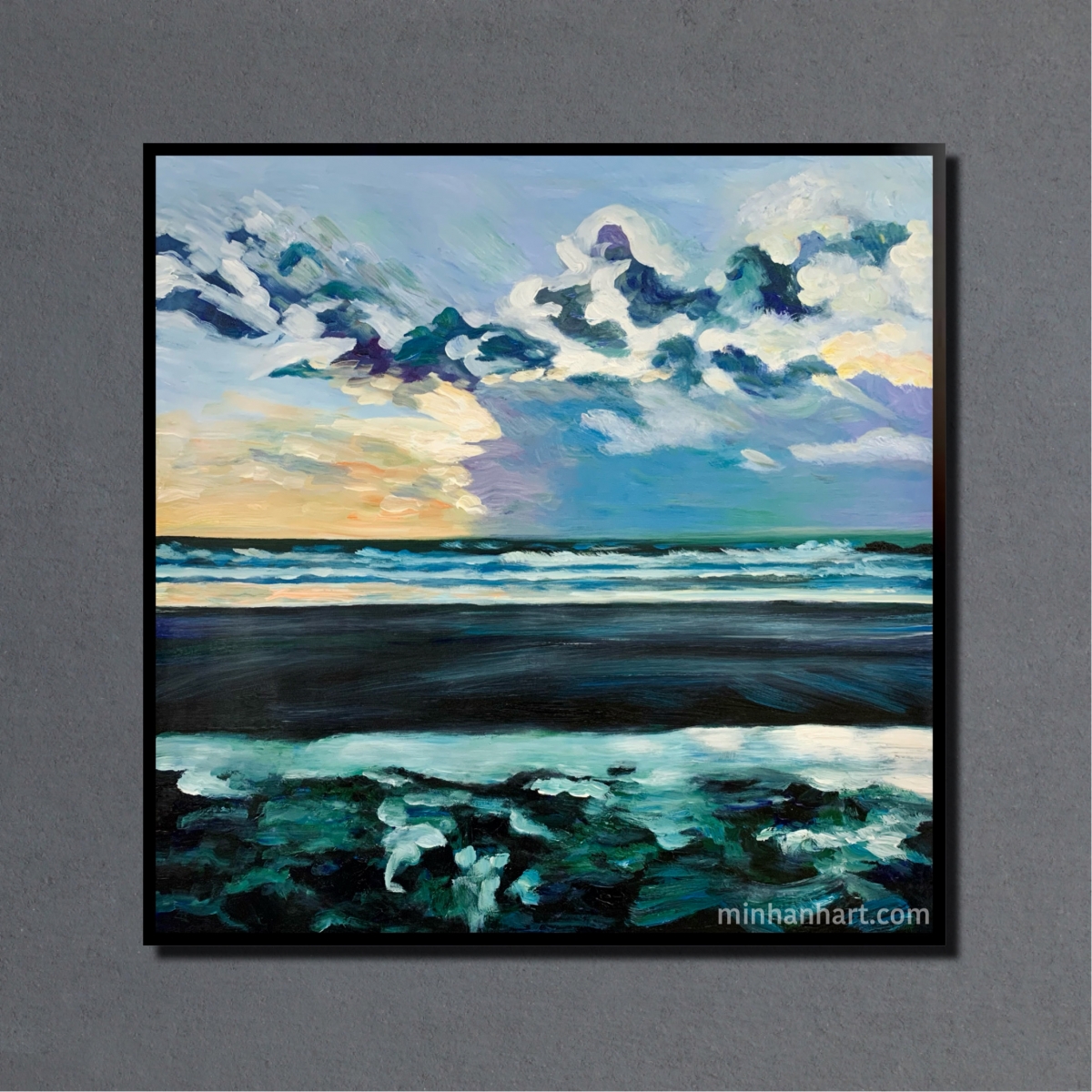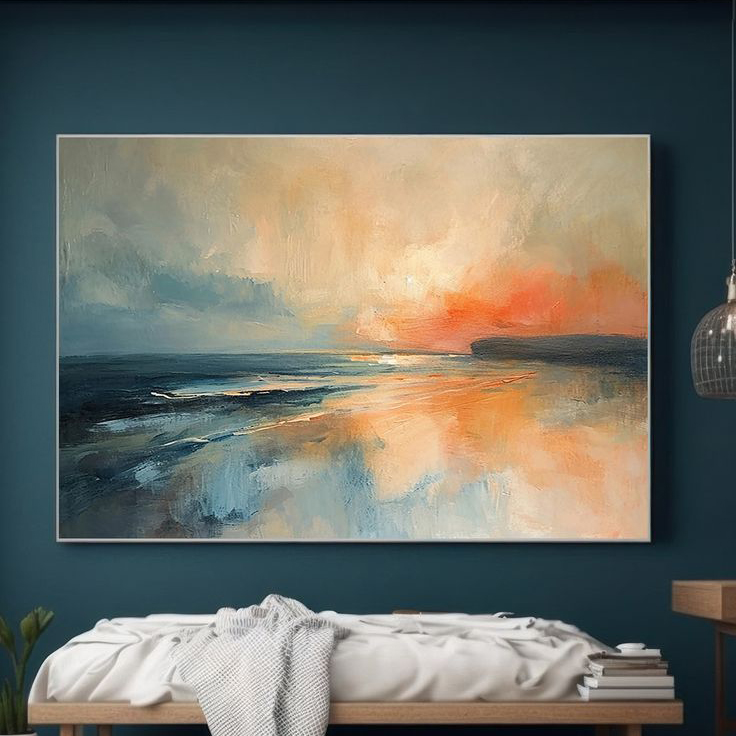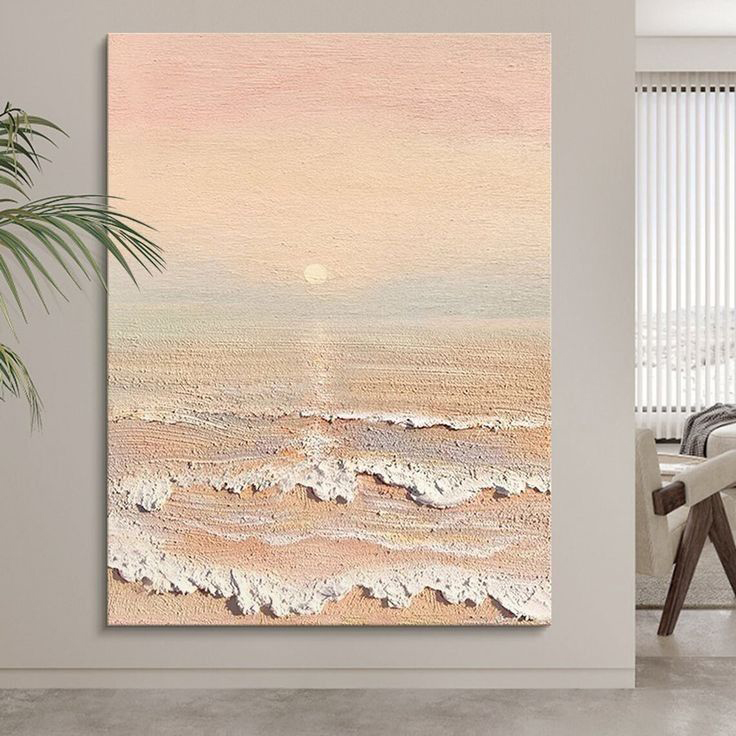Stepping into a contemporary art gallery for the first time can feel like walking into a new universe. There's color, emotion, and energy everywhere—but where do you even begin? Let’s break it down in the simplest, friendliest way possible so you can navigate this exciting world like a pro.

Think of contemporary art as the rebellious teen of the art world. It’s current, bold, and often challenges what we think art should be. It includes work from the late 20th century to now and covers everything from painting and sculpture to digital installations.
Because it reflects what’s happening right now. Politics, identity, technology—contemporary art gives it all a voice. You’re not just looking at something pretty; you’re looking at a statement.
Gone are the days when galleries only displayed still life paintings and portraits. A contemporary art gallery brings in wild sculptures, video projections, and immersive soundscapes. It's where tradition meets innovation.
The beauty of a modern art collection is its diversity. You’ll find global influences that challenge Western-centric narratives, bringing a richer understanding of culture and creativity.
An art collection gallery is more than a space; it’s a carefully curated experience. Every piece is selected not just for aesthetics, but for how it adds to the story of the exhibition.
Artists are chosen based on originality, technique, and often, their ability to stir emotion. That’s how curated art collections become so captivating—they’re built from authenticity.

Run by individuals or organizations, private art galleries are more commercial in nature. They support living artists and help them sell their work. Think sleek interiors and one-on-one conversations.
These are the blockbuster shows. Art gallery exhibitions are curated for specific themes, artists, or movements. They’re often temporary and highly anticipated.
Whether focused on one medium or several, curated art collections provide cohesion and context. You’ll feel like you’re reading a visual novel, chapter by chapter.
Not all galleries are the same. Some focus on emerging artists, others on famous art collections. Check out their website, past shows, and mission statement.
A quick Google search can reveal an artist’s background and style. It’ll help you connect deeper with the work once you're face-to-face with it.
No need for tuxedos, but dressing sharp can boost your confidence. It shows respect for the space and makes you feel part of the scene.
Titles, materials, themes—sometimes it's all a bit... cryptic. But don’t worry. Use your own interpretations. Art is personal. There’s no wrong answer.
No touching the artwork (unless invited). Speak softly, don’t block views, and ask before taking photos. Respect is the baseline.
A strong modern art collection doesn’t just look good—it says something. Look for how pieces are arranged. Does it feel random or intentional?
Every brushstroke, pixel, or performance can be part of a story. Find the common threads. Is it emotion? Protest? Celebration?
Sometimes art isn’t for sale—it’s just for appreciation. Other times, pieces are tagged but not openly priced. Don’t be afraid to ask.
Value is about more than the medium. It’s about the artist’s story, exhibition history, and emotional impact. That’s why a scribble can cost thousands.
A guided art gallery collection tour can open up new dimensions. You'll learn about context, intent, and even behind-the-scenes curation.
Don’t be shy. Guides love to share insights. Ask about themes, history, or even the gallery’s plans for upcoming art gallery exhibitions.
Thanks to the internet, you can browse an entire art collection online from your couch. It’s a great way to explore before committing to a visit.
Platforms now offer virtual tours of famous art collections from around the world. Technology makes the inaccessible accessible.

Anyone can start a fine art collection. Begin small—prints, photography, or works from emerging artists. Buy what you love, not just what’s trending.
Make friends with curators. Attend openings. Ask questions. Building relationships opens doors to exclusive previews and pricing.
If a gallery is pushing an artist like it’s a Black Friday sale, be cautious. Authentic art doesn’t need a hard sell.
Provenance is the artwork’s history. If it’s unclear or shady, walk away. Real galleries have nothing to hide.
After visiting a contemporary art gallery, reflect on what moved you. Jot it down. Visit again later—you’ll see new things each time.
Can’t afford a piece? Share their work. Follow them. Word-of-mouth and online love go a long way for rising talent.

Walking into a contemporary art gallery might feel overwhelming at first, but with a little guidance, it becomes an unforgettable journey. Whether you're a future collector or just an admirer, galleries open doors to new ways of thinking, feeling, and seeing the world. So go ahead—explore, question, and let art speak to you in its own beautiful language.
1. How do I find good contemporary art galleries near me?
Start with online searches, check Instagram or art forums, and ask locals. Many private art galleries list exhibitions online.
2. Can I buy art directly from the gallery?
Yes! Especially in private art galleries, you can speak with staff or the artist directly about purchasing.
3. Are online art collections reliable for beginners?
Absolutely. Many platforms now showcase art collection online with full transparency and certification.
4. How do I know if a gallery is reputable?
Check its history, the artists it features, and public reviews. Transparency about provenance is key.
5. What’s the difference between modern and contemporary art?
Modern art is usually dated between the 1860s–1970s. Contemporary art refers to art made from the late 20th century to the present day.
Minh Anh Art Gallery
Gallery: 101 Bui Vien St, District 1, Ho Chi Minh City, Viet Nam
Workshop: 412 Tung Thien Vuong St, District 8, Ho Chi Minh City, Viet Nam
Phone: (+84) 962 720 484
Email: minhanhart.vn@gmail.com